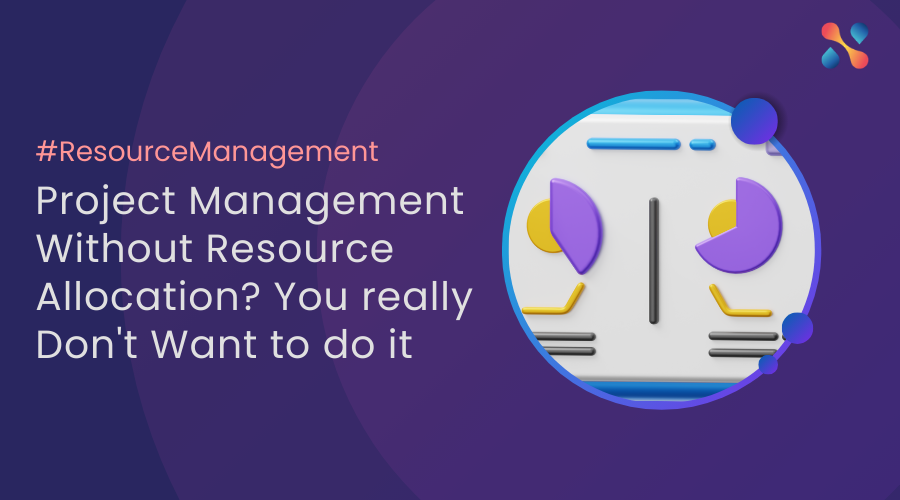Have you ever come to the end of a project that and wondered what could have been done better? If the project was not successful, are you curious to learn what contributed to the poor result? A project post-mortem may help to answer some of these questions.
What is a Post-Mortem in Project Management?
A post-mortem in project management is a structured review or analysis conducted after the completion of a project. Its purpose is to assess and examine the project’s performance, identify what went well, what didn’t go as planned, and gather insights for future improvements.
Post-mortems are also known as project retrospectives, project reviews, or project debriefs, depending on the terminology used in a particular organization or industry. In this article, we’ll present some helpful guidelines on what can be included in a project post-mortem if you would like to do one on your project.
Key Objectives and Components of a Project Post-Mortem
1. Evaluation of Overall Project
In order to look at the project’s performance, gathering some key data will be required. To evaluate the project’s objectives, scope, budget, and schedule, the team should collect this information from the respective project plans. Looking at items such as a project’s Key Performance Indicators (KPIs), success criteria and acceptance criteria can help the team to assess whether the project was successful in meeting its goals and if any deviations occurred.
2. Identify Successes
Once the team has an overall assessment of the project’s performance, they should identify and acknowledge what went well during the project. This can include achievements, positive outcomes, and best practices that should be maintained in future projects.
3. Identify Challenges and Failures
While it is great to focus on the positives, the team should also discuss the challenges, problems, failures and issues encountered during the project. This could include delays, scope changes, communication breakdowns, and any other factors that negatively impacted the project. This will be helpful information for the team and future project teams to have to potentially avoid these same issues in the future.
4. Conduct a Root Cause Analysis for Issues and Failures
For the challenges, failures and issues identified, the team should next investigate the root causes or the reason why the issue happened. Understanding the underlying reasons for problems is crucial for preventing them in future projects. It could be helpful for the team for their own development (help indicate areas of knowledge or skills that are in need of development) and gaps in organizational processes.
5. Capture Lessons Learned
Post-mortems aim to capture lessons learned from the project. Team members should be encouraged to share their experiences, insights, and suggestions for improvement. These lessons can inform future projects and help in refining project management processes or tools used.
6. Identify Action Items
The post-mortem session should conclude with a list of actionable items or recommendations for improvement. These can pertain to project management practices, team collaboration, communication, processes, tools used or any other aspect of the project that requires enhancement. It may be helpful to assign owners to specific action items and a timeline to keep the team accountable and ensure that actions will be implemented.
7. Develop Useful Documentation
It is essential to document the findings, recommendations, and action items from the post-mortem session. This documentation serves as a reference for future projects and helps track progress in implementing improvements.
Benefits of a Project Post-Mortem
While all projects should go through a formal close-out phase, a project post-mortem may be missed. This could be due to lack of time and other competing tasks that need to be done at the end of the project. To ensure that a post-mortem is one of the prioritized tasks that is done at project closure, here are some benefits of conducting a project post-mortem:
1. Provides Opportunity to Learn from Mistakes: Identifying and analyzing mistakes or challenges encountered during the project provides an opportunity to help teams understand what went wrong and why. This knowledge can be invaluable in preventing similar issues in future projects.
2. Allows Team to Celebrate Successes: Recognizing and celebrating the achievements and successes of the project team is essential for morale and motivation. It sets the expectations for what performance and behavior is acceptable and will be rewarded. This is important for future projects teams to be aware of.
3. Promotes Continuous Improvement: A post-mortem provides an opportunity to assess the effectiveness of project management processes, workflows and teams. Teams can identify areas for improvement and implement changes or updates to enhance efficiency and effectiveness in future projects.
4. Allows for Enhanced Team Collaboration: Through open and honest discussions, team members can share their perspectives on what worked well and what did not. This fosters a culture of open communication and collaboration, helping teams work more cohesively in future projects and initiatives.
Are Post-Mortem’s in Project Management only for Failed Projects?
A question that may be asked is if a post-mortem needs to be done for a project that was completed successfully. Are post-mortems only for failed projects?
Simply, the answer is no. Post-mortems in project management are not exclusively for failed or unsuccessful projects. While post-mortems are often associated with analyzing what went wrong in a project, they are equally important for successful projects. The primary purpose of a post-mortem is to assess a project’s overall performance, identify areas for improvement, and capture lessons learned. All of these items can equally be done for successful projects as well. Even if a project was completed successfully, there are still probably areas that can be identified for improvement or can help the project team to learn.
In summary, a project post-mortem is a valuable tool for enhancing project management and team performance. Project post-mortems can help foster a culture of learning, improvement, and accountability within organizations and help ensure that mistakes are not repeated while successful practices are consistently applied in future projects.







